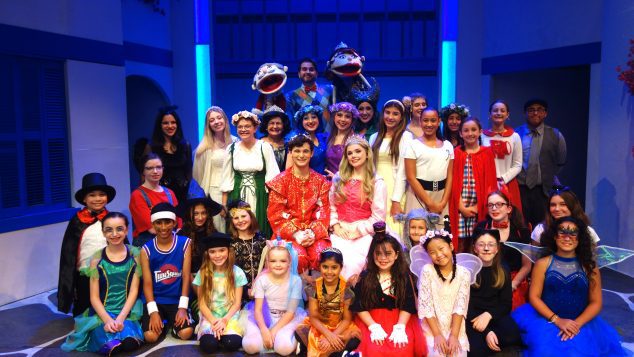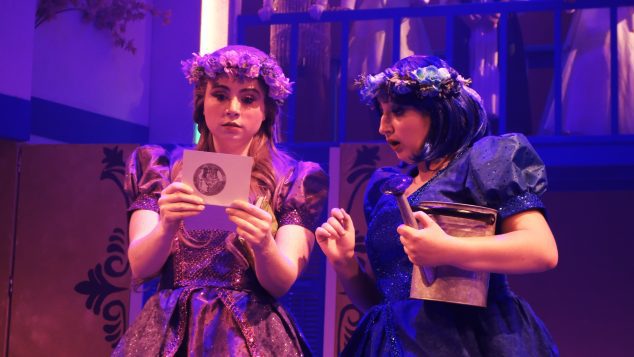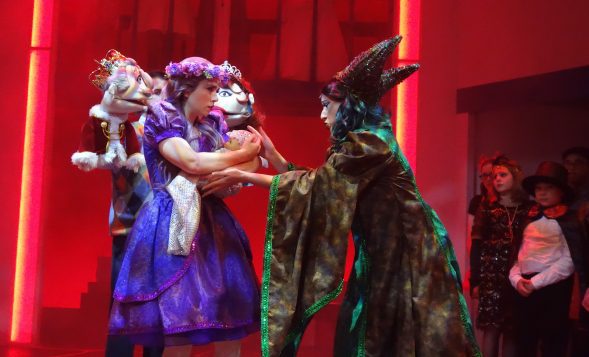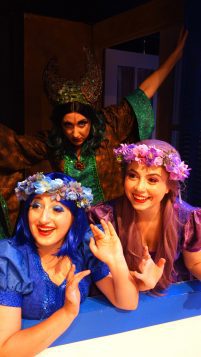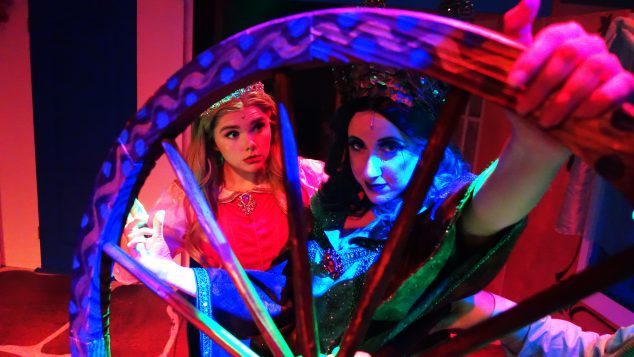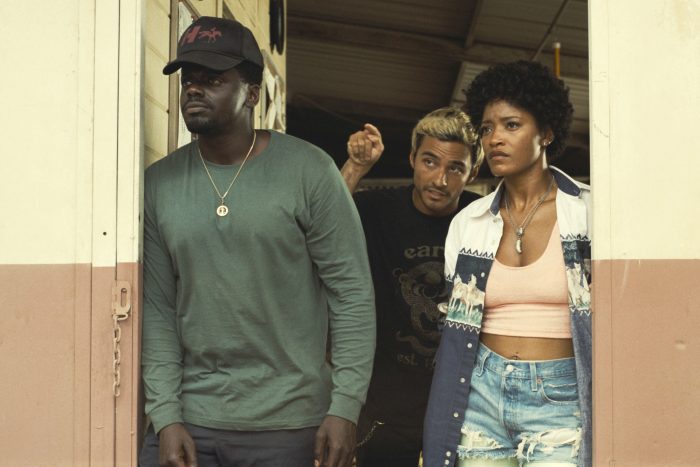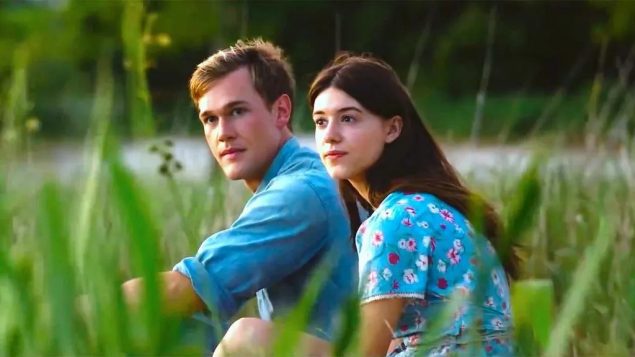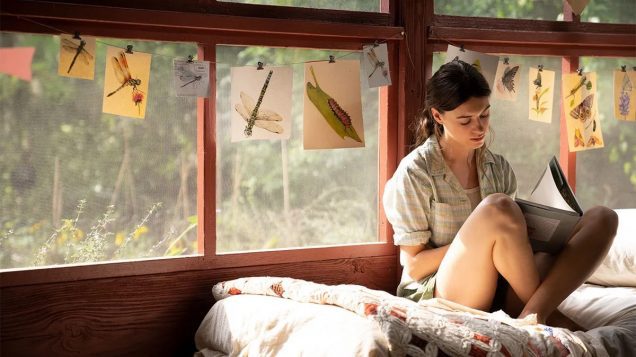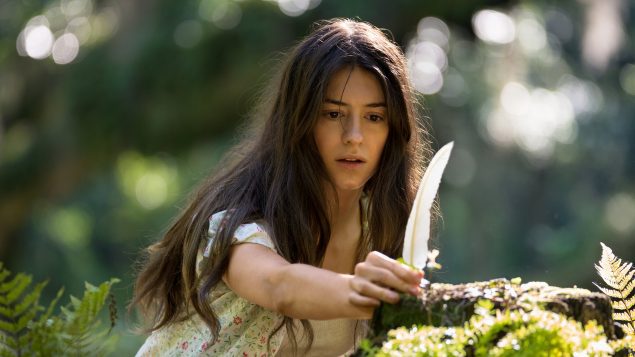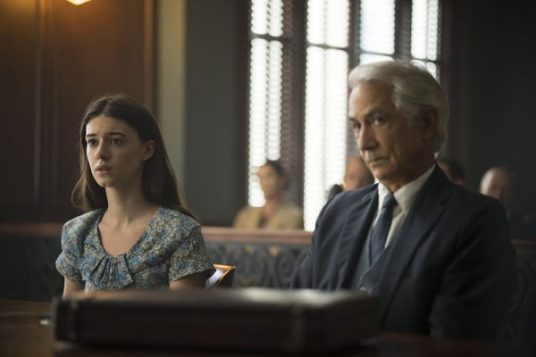By Melissa Arnold
If you’ve been to Theatre Three in Port Jefferson at any point in the last 30 years, you have Jeffrey Sanzel to thank. Of course, he doesn’t see it that way, but as Executive Artistic Director, he’s responsible for overseeing everything from the upcoming season’s lineup to hiring actors and managing day-to-day operations.

Beyond that, he’s also written countless shows of his own and taken his turn onstage. Each December, he reprises the iconic role of Ebenezer Scrooge in “A Christmas Carol,” and most recently starred in “Every Brilliant Thing,” an intimate one-man production about mental health.
So when it came time to choose an honoree for Theatre Three’s 50th anniversary celebration and fundraiser, the decision was a simple one.
“The amount of work Jeffrey puts in is completely unmatched. Watching him work up close is amazing – he’ll agonize over something as small as the placement of a book or the lighting being a certain way. He has a vision of how everything fits together, not just as a director but an actor,” said Andy Markowitz, president of Theatre Three’s board of directors.
The dinner/dance celebration was originally slated for 2020, the theater’s anniversary year, but was shelved during the pandemic.

“After the original plans were canceled, there was a suggestion to have a 55th celebration instead, but ultimately this is about recognizing Jeffrey for all he does. He deserves it, and this is his time. There’s no need to wait,” said Theatre Three’s Managing Director Vivian Koutrakos who met Sanzel when he first joined the Theatre Three staff in 1989. Since then, he’s earned a reputation for being a meticulous and serious director, but he’s got a humorous side, too.
“It’s true that his humor is dry and he runs a very tight ship. But he’s honestly the funniest person I’ve ever met, and he makes us laugh every day,” Koutrakos said. “He’s absolutely brilliant.”
Now in its 52nd season, proceeds from the evening will be used to expand Theatre Three’s programming, particularly for children.
“The money raised is going towards new educational programs, specifically one called ‘How Does It Make You Feel?,’ an original musical aimed at elementary schools. The play will address many social-emotional learning topics,” said Sanzel. “In addition, there is a long-term project in the works for educational touring that I’m working on with Oya Bangura from Project Move.”
Sanzel is the creative force behind the theater’s school-based programs, using the stage as a vehicle to educate thousands of students on issues that can be tough to address, such as the Holocaust (“From the Fires”) and bullying (“Stand Up, Stand Out”), among others. Hired actors travel as far as Florida and Canada for the shows, with as many as 100 performances per year.
“The traveling shows for students are about 45 minutes long and are focused on specific age groups. The kids become totally captivated by the shows — it gives them an opportunity to connect with serious issues and ask questions in a way that’s meaningful to them,” Markowitz said.

In addition to the traveling shows, the theater puts on a full mainstage season, children’s theater productions, comedy nights and special events. They also offer acting classes for all ages and skill levels.
Douglas Quattrock, Artistic Associate and Director of Development for the theater, said that while the past few years have been a struggle for the nonprofit, they are excited about the future.
“I think all of us at the theater saw our 50th year as a real turning point. Times are always hard in the arts, but with Jeffrey’s leadership we’ve been able to keep going and maintain the integrity and quality of our work. This team respects Jeffrey and the mark he’s made on this institution so much,” he said. “Personally, he’s given me so many incredible opportunities, brought my stories to life, and become such a dear friend to me over the years. I know that if I ever need him, he’s there for me.”
Dinner dance guests will be treated to a cocktail hour, an elaborate meal with open bar service, and live entertainment from Debra and Patrick Lawler.
As for Sanzel, he’s feeling a little sheepish about all the attention.
“It’s kind of embarrassing,” he joked. “But this is a great honor and the acknowledgement is deeply appreciated.”
Theatre Three’s Dinner/Dance fundraiser will be held on Saturday, Oct. 8 from 6:30 to 10:30 p.m. at Danfords Hotel and Marina, 25 E Broadway, Port Jefferson. Tickets are $150 per person. For questions or to purchase tickets, call Theatre Three at 631-928-9100 or visit www.theatrethree.com.

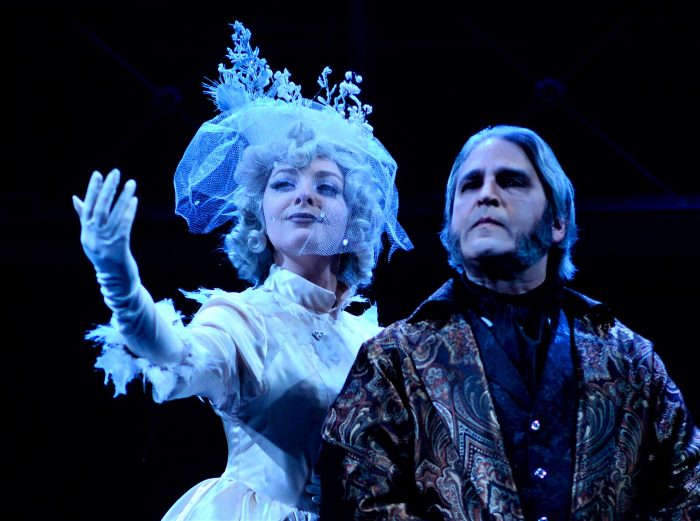
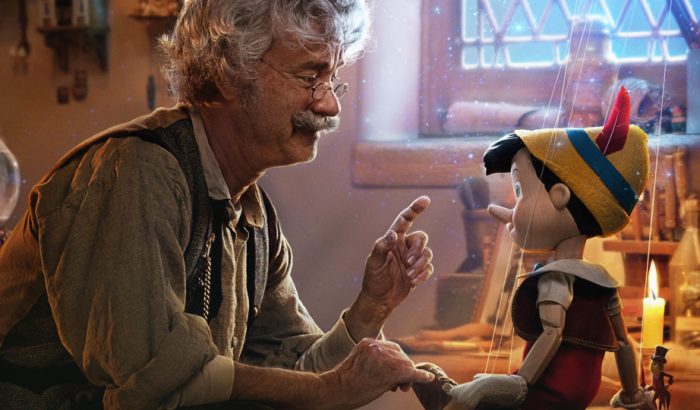


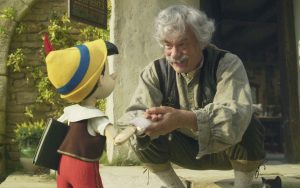
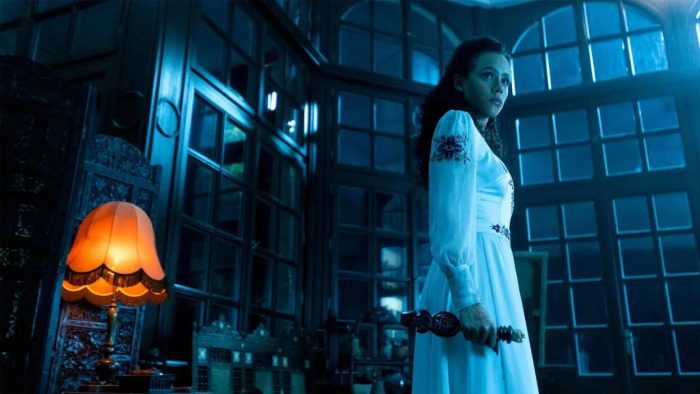



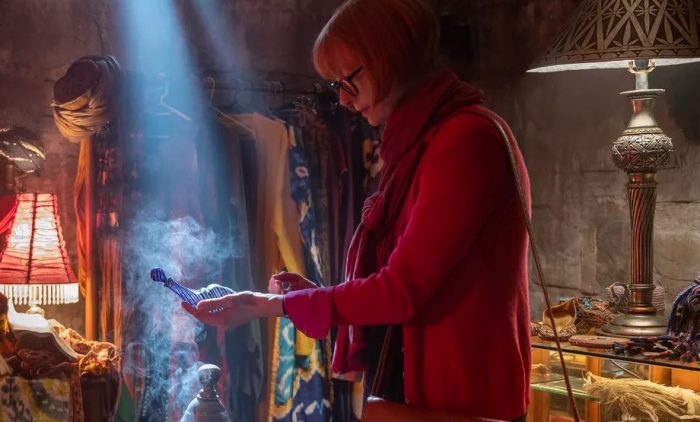


 But a cloud steals into her happy life when her father is in danger of losing his company to a sinister corporation, the Black Turtle Group. Her Hong Kong trip to save his business and career takes her on a six-day quest. Accompanied by her mother and brother, she encounters a cast of characters who both support and foil her in turn. Among those she encounters is Mr. Han, the wise and slightly whimsical gentleman who may or may not be a benevolent figure.
But a cloud steals into her happy life when her father is in danger of losing his company to a sinister corporation, the Black Turtle Group. Her Hong Kong trip to save his business and career takes her on a six-day quest. Accompanied by her mother and brother, she encounters a cast of characters who both support and foil her in turn. Among those she encounters is Mr. Han, the wise and slightly whimsical gentleman who may or may not be a benevolent figure.
